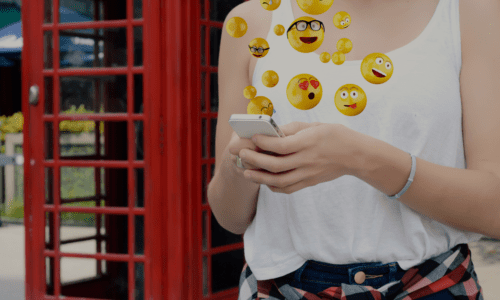
Should You Go Phygital?
- Digital Marketing, Experience Marketing, Tourism Marketing Blog
- Attractions Marketing, Content Marketing for Tourism, Digital Tourism Marketing, Marketing For Experiences Insights & Articles, The Tourism Marketing Approach, tourism marketing
- August 18, 2021
Advertainment. Freemium. Hyperlocal. Marketers just love mashing words together, and “phygital” is the latest installment. Love or hate the grammatical decision, it encapsulates a pretty cool, and growing, advertising trend.
So what does it mean to “go phygital”? And what does it look like in action in the travel and tourism industry? We’ll break it down and give you a few real-life examples.
What does phygital mean?
“Phygital” is a marketing strategy that combines physical props and experiences with digital enhancement. More broadly, it’s also sometimes used to mean omnichannel marketing: when multiple platforms are leveraged in conjunction in a single marketing strategy.
The result is essentially that the consumer has multiple touch points with your business, all with unified messaging and strategy.
The idea has been around for years. But as tech becomes faster, cheaper, and more widely available, phygital schemes are popping up in more and more industries.
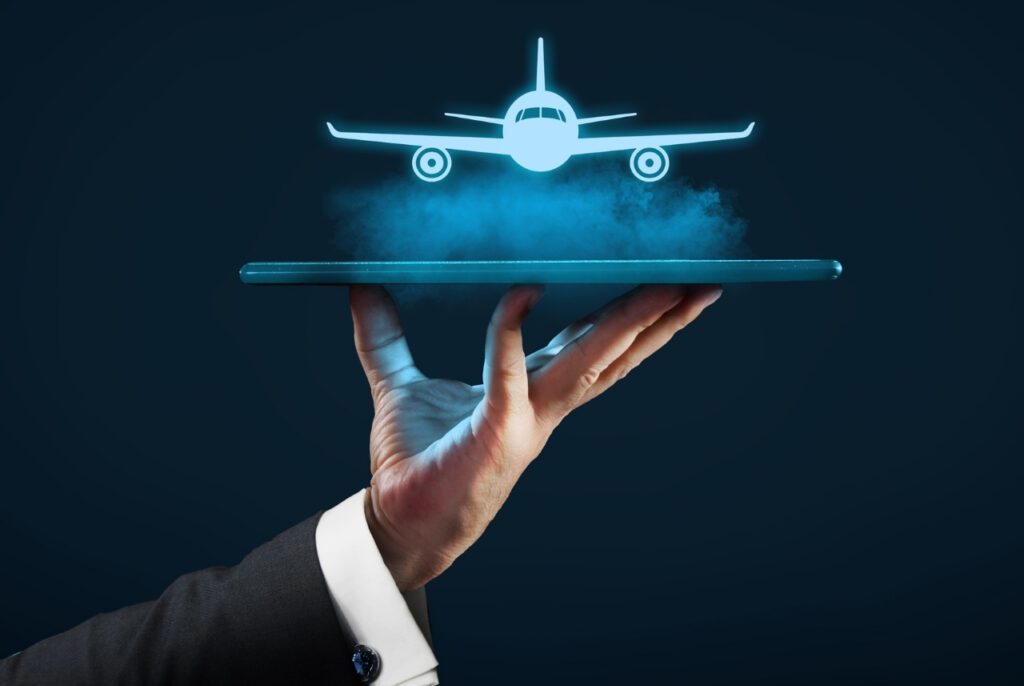
What are examples of phygital marketing?
Some examples of phygital marketing tactics in the tourism and hospitality world include:
- Customers scanning a code that takes them to their tour guide’s Venmo to leave tips, rather than dropping actual cash in a jar.
- A physical display on a tour stop that has a QR code, which someone could scan to learn more.
- Digital menus that customers download at the door, replacing the need for physical copies.
- Apps that allow visitors to scan their surroundings with their phone, and see facts about the objects around them or visualize the room in a different era.
- Wearable devices that customers can use to interact with their guide or ask questions during a tour.
As you’ve realized by now, you’ve probably already experienced phygital marketing at play. Especially within the last year, when COVID-19 forced many hospitality businesses to get creative and reduce contact with guests. It might have felt so natural, you didn’t even realize you were taking part in a new approach to advertising.
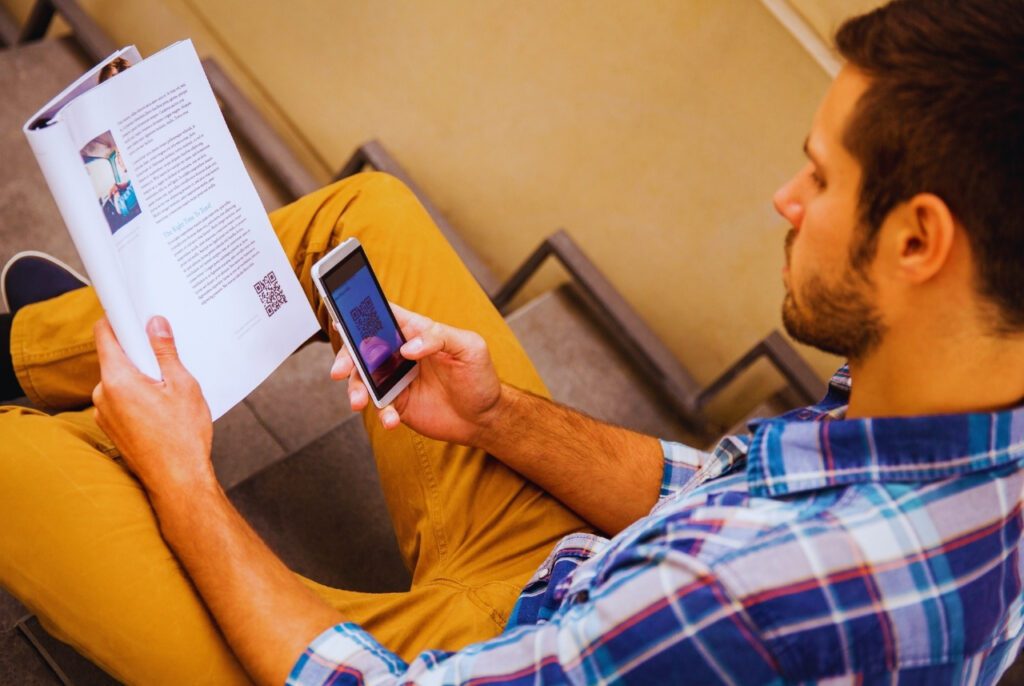
What are the benefits of phygital marketing?
Phygital marketing techniques offer some very real benefits for both travelers, and brands.
For the consumer, phygital marketing often leads to added convenience. If you’ve ever used your phone to quickly scan a QR code and access a brochure, then you’ve experienced first-hand why phygital marketing is a value-add for customers. You’re able to access the most up-to-date information; you can scroll, zoom in, and take screenshots if anything interests you. As an added bonus, you have no guilt about tossing away a paper flyer when you leave.
And let’s not forget, phygital marketing is just fun to interact with. While the tech behind virtual reality devices and QR codes has been around for a while, we’re still experimenting with new ways of enhancing our surroundings. When a phygital marketing display is done right, it doesn’t feel sales-y: it just invites you in.
On the brand side of things, phygital marketing is equally useful. It allows events and attractions to make the most of their physical locations, while also introducing customers to a much broader, digital world of information about their company, staff, and services – all without tacking on more real estate or staffing costs.
That means that brands can save money and ultimately bring in sales more efficiently.
Where can you try out phygital marketing in real life?
Curious about other forms of phygital marketing, and how it could impact your tourism business? We’ve already got something in the works.
Stay tuned and follow @vonmackagency to find out where you can check out the next phygital masterpiece.
You might also like

Tourism Marketing in the Midst of Economic Shifts
Digital Marketing, Experience Marketing, Tourism Marketing Blog

How Smart Brands Are Leaping Over Cookie Barriers in Travel
Digital Marketing, Experience Marketing, Tourism Marketing Blog
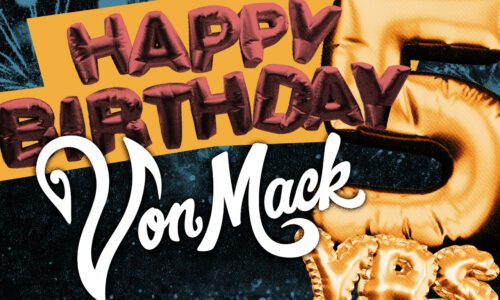
Top 5 #VonMackMoments to Celebrate our 5th Birthday!
Digital Marketing, Experience Marketing, Tourism Marketing Blog
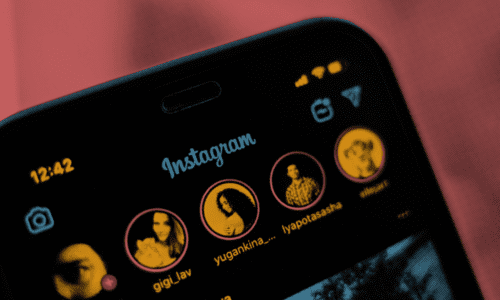
Instagram and Its Ever-Changing Algorithm.
Digital Marketing, Experience Marketing, Tourism Marketing Blog

